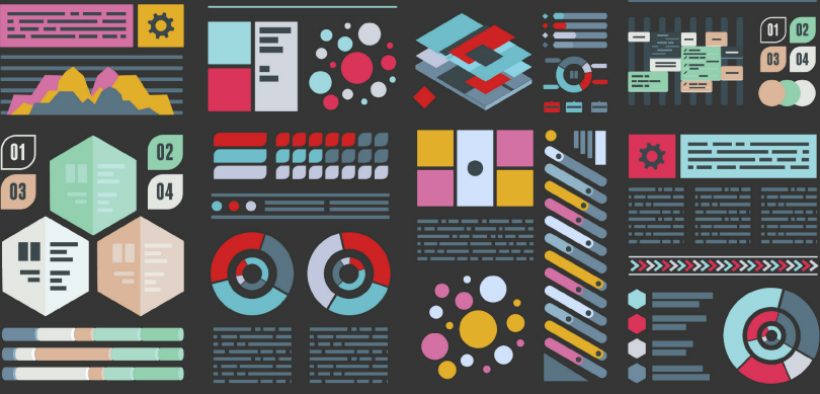In most disciplines, students learn how to communicate using a mix of text, tables, and figures—how their instructors were taught to communicate. But today, complex infographics are among the most powerful means of communicating the significance of information. They take brute data, distill it down to its significance, and convey that significance through visuals that capture the reader’s imagination. Our eyes tend to gravitate to the infographics in articles first, and thus infographic assignments train students to not only look for the significance in information but also communicate that significance in a persuasive way. This is a skill that can serve students in their professional lives as well as in their roles as citizens.
Related Articles
I have two loves: teaching and learning. Although I love them for different reasons, I’ve been passionate about...
Active learning is a mostly meaningless educational buzzword. It’s a feel-good, intuitively popular term that indicates concern for...
Perhaps the earliest introduction a student has with a course is the syllabus as it’s generally the first...
Generative AI allows instructors to create interactive, self-directed review activities for their courses. The beauty of these activities...
I’ve often felt that a teacher’s life is suspended, Janus-like, between past experiences and future hopes; it’s only...
I teach first-year writing at a small liberal arts college, and on the first day of class, I...
Proponents of rubrics champion them as a means of ensuring consistency in grading, not only between students within...








